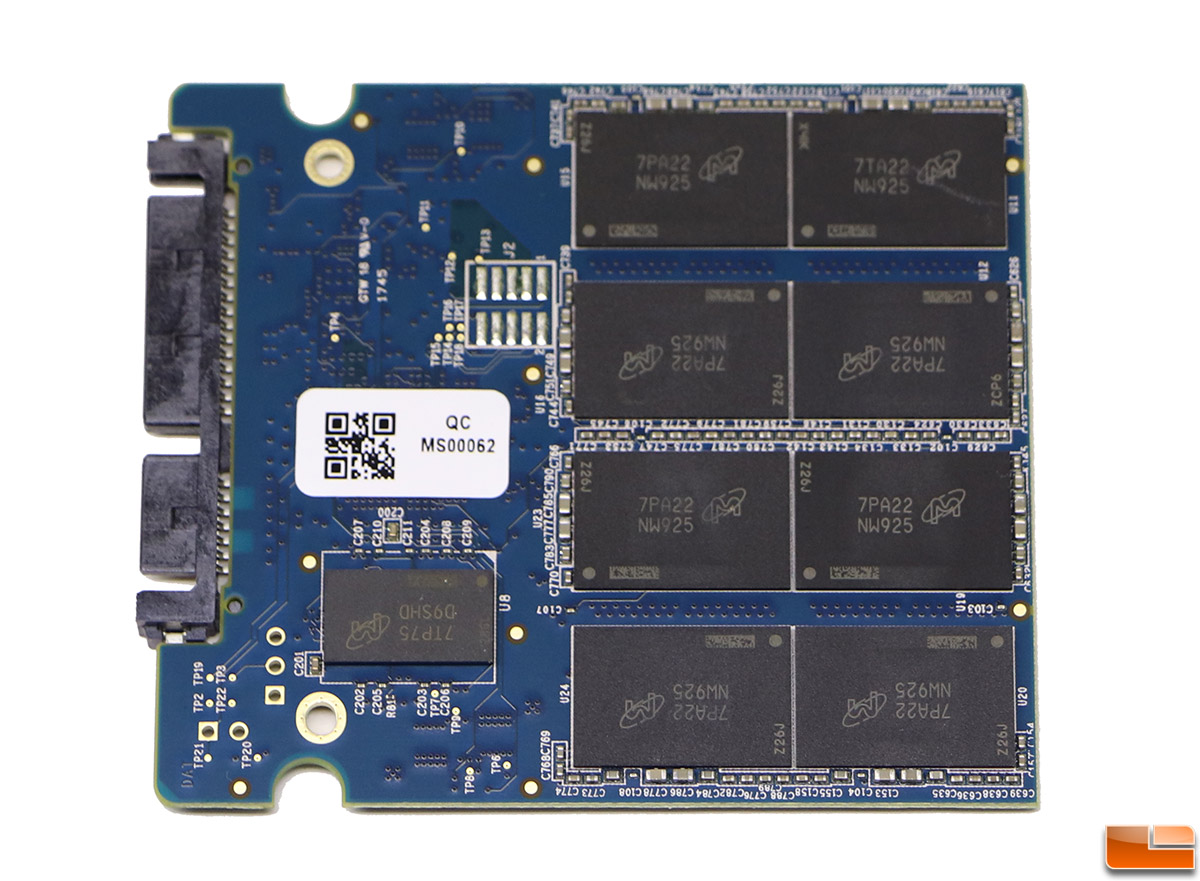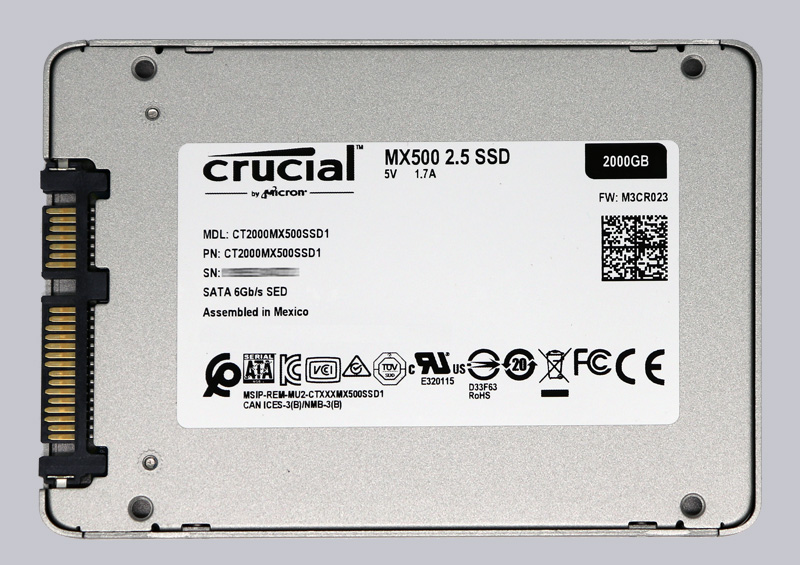

On a Samsung SSDs Secure erase will return as completed quite quickly but actually it's doing a Garbage Collection(GC) Trim wipe queued up witch is a background task on samsung SSDs, so the ssd will return as secure erased very quickly As a result, even if you do manually write zeros to the whole drive, you can never quite be certain on a SSD that you actually got all the data, since when you say "write 0 to X" it will may silently instead perform the action "write 0 to Y" and leave X in its current state, which may or may not contain data.Ĭlick to expand.what your seeing is correct for samsung ssds

However, Windows and other OSes still talk to SSDs as if they were mechanical drives, and so SSD controllers will 'pretend' to operate like a mechanical drive for compatibility's sake, and just lie their faces off when it suits them. On a mechanical drive this would be catastrophic because of the physically spinning disk and seek times, but on a SSD with no moving parts there is no such thing as seek times or fragmentation, so storing data scattershot across the drive or moving bits here and there are of no consequence. You may ask for the data at spot X on a SSD, but in reality the drive might have silently stored the data that should be at spot X over in spot Y instead, because spot X has been rotated out for wear leveling. On a mechanical drive, if you manually ask "hey what is present in spot X" it'll give you whatever data is there there is not a mechanism where the drive will 'lie' to you. The net effect of this is that if you ask the controller to tell you what data is in X spot on the drive, it'll see that it's been TRIM'd and will say "0" even if some other data is still actually present. When you 'secure erase' a SSD, it effectively marks all the NAND as deleted and then runs the TRIM command.

It's actually one of their primary functions. The difference is that, unlike a mechanical hard drive, SSD controllers will lie.


 0 kommentar(er)
0 kommentar(er)
